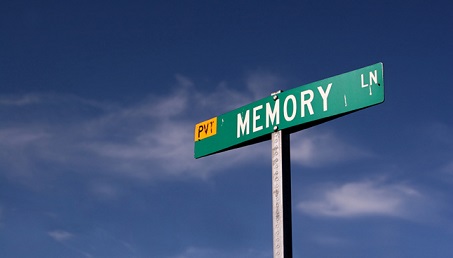 For years marketers have capitalized on the mind’s capacity to imagine and remember. Today, however, we risk losing the ability to create long lasting brand associations in favor of engaging people while they are shopping. We assume that engaging people as close to the point of purchase as possible is more effective than relying on the vagaries of memory. But is this really true?
For years marketers have capitalized on the mind’s capacity to imagine and remember. Today, however, we risk losing the ability to create long lasting brand associations in favor of engaging people while they are shopping. We assume that engaging people as close to the point of purchase as possible is more effective than relying on the vagaries of memory. But is this really true?
Research by Millward Brown and other companies demonstrates a strong relationship between consumer attitudes and behavior. If people are strongly predisposed to buy a brand they will likely do so. If people are predisposed to pay a premium for a brand, then they are likely to do so. I say “likely” because there are all sorts of influences that may reinforce people’s intentions or deflect their predisposition to buy a brand.
Increasingly marketing seems to be playing in this intermediate zone between predisposition and sale.
Point of sale marketing has existed for decades but recently digital technologies have opened a window into consumer behavior that has entranced marketers with the promise of being able to intercept people on the path to purchase, not just wait till they get to the store. No longer do we need to rely on influence and the vagaries of memory, now we can capture attention and sway opinion immediately prior to a decision being made. Search, retargeting and location-based technologies all attempt to maximize the return on advertising investment by capturing people’s attention when we believe they may be more susceptible to our message.
I would argue, however, that it is because they leverage the power of predisposition that these technologies appear so powerful. No one comes to a purchase decision as a blank slate. Even if someone has no experience of buying the product category before, they probably have heard others talk about their experiences, maybe even read a review, certainly seen ads or publicity related to specific brands. Our pre-existing associations and feelings about a brand shape all subsequent interactions with it. This is unavoidable. We can no more make an assessment of a purchase decision uninfluenced by all our prior experience than we can flap our wings and fly.
Positive memories and impressions can have a strong influence on behavior. Memories are why we keep going back to that favorite restaurant, keep up with our friends on Facebook or buy brands that have served us well in the past. Impressions are why we take vacations in places we have never been to before, go to see new movies or check out new brands. What is more, memories and impressions last. They do not need to identify when someone is shopping, they just lie dormant until they become relevant.
To my mind creating strong predisposition to buy a brand is the equivalent of giving it a head start on the path to purchase. Predisposition is no guarantee that someone will buy, but without it a brand’s point of purchase marketing will need to work a lot harder to clinch the deal. What do you think? Please share your thoughts.
Authored by Nigel Hollis,Executive Vice President and Chief Global Analyst at Millward Brown
Source: MillwardBrown


